Scaffolds are temporary supports. They work to stabilize a structure as it is built when it isn’t strong enough to stand on its own. In the world of early childhood development, a scaffold can be a person; an adult or peer modeling or instructing, materials or tools that help a child with a task, or even the carefully constructed classroom environment that helps support learning. Scaffolding is not only for specific academic skills. In my classroom, much of the scaffolding we do are related to emotional and self-help development, and we try to focus on peer scaffolding too.
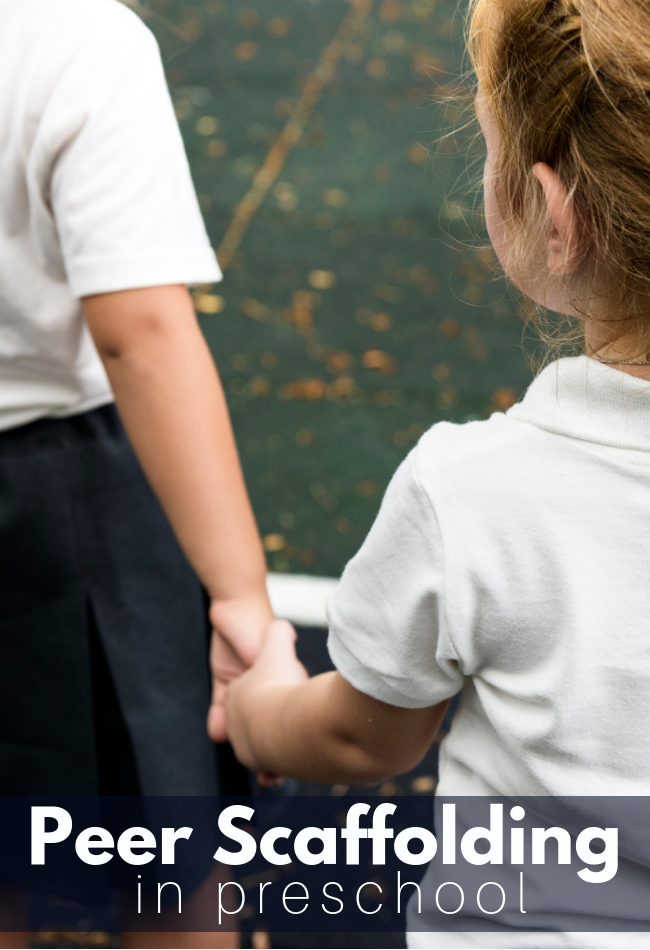
When a teacher or peer help a student count out pattern blocks by modeling how to touch each block while counting, they are helping that child develop one to one correspondence. They can’t do it solo yet, but with some help such as someone modeling it, they can complete the task.
When a student who knows their colors but not their shapes is doing a shape sorting activity where all triangles are white, all the circles are blue, and squares are red, the colors act as a scaffold. That visual cue of matching the color acts as a scaffold for the child who isn’t differentiating shapes yet. They sort the shapes correctly with the help of the colors acting as a cue. This is an example of carefully chosen materials acting as a scaffold.
When a child bumps into another knocking the child down and a teacher stops them both to prompt a proper interaction by saying ” Sandra you bumped into Billy. Look at Billy’s face Sandra he looks sad, what could we do? Maybe ask him if he’s ok? Let’s get him a tissue to wipe his tears too.” This is social-emotional scaffolding.
Oh and the famous flip the jacket “trick” we teach toddlers to get their own jackets on? Yep! That’s a great example of a self-help scaffold.
Teachers are usually wonderful at scaffolding with specific questions or targetted feedback but students scaffolding for each other aka peer scaffolding is a resource that many teachers fail to capitalize on. Children will do this naturally during play, but if students have a very structured class, they could miss out on it completely. Encouraging this type of scaffolding is not hard as students will do it naturally when given the time and space to do so. Peer scaffolding is beneficial to the classroom as a whole, as well as each student no matter what part they play in the interaction.
How To Encourage Peer Scaffolding in Your Preschool Classroom
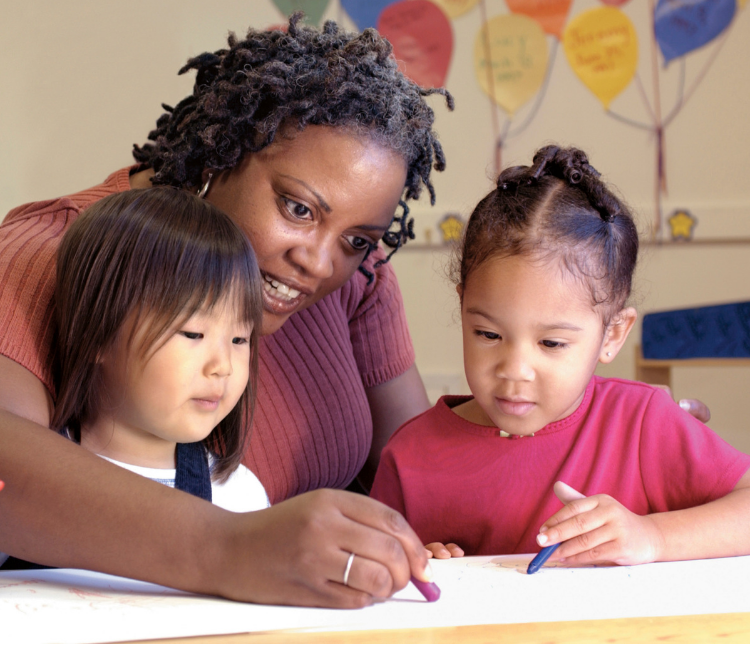
Use play to assess your students’ strengths and challenges
Before you can do anything at all, you need to know your students, what they have mastered, what they are struggling with, and what skills are on the cusp of being developed. In upper grades, you assess students through examination and other formal assessments, but in preschool, we do it through observation and play. Playing is the best way to see what children can do. More importantly, play shows us what children are working hard to master but still need a little bit of help with. This is called the Zone of Proximal Development a term coined by the developmental theorist Lev Vygotsky. These skills children are just about to “get” are the skills preschool teachers should be on the lookout for, with a little scaffolding we can help our students develop them. Play is where we can witness that ZPD for each of our students. This quote by Vygotsky has always rung true in my classrooms;
In play, a child is always above his average age, above his daily behavior; in play, it is as though he were a head taller than himself.
Children naturally differentiate to their highest skill level in play. To the casual observer, a child may be splashing in a water table, but to a keen observer they are testing out which toys sink or float and trying to figure out the difference. To a casual observer, a child may be pretending to read a book to a baby doll, but to a keen one, the child is practicing the concepts of print. Knowing your students through observation and interaction during play is vital. You will be able to have a firm handle on their strengths and weaknesses as well as what makes them tick, knowing that any activity that has dinosaurs will be a hit with Deanna or that counting trucks vs. counting teddy bears is appealing to Henry helps you help your students build skills in an engaging way.
When you have a firm grasp on strengths and weaknesses, you can move to the next step.
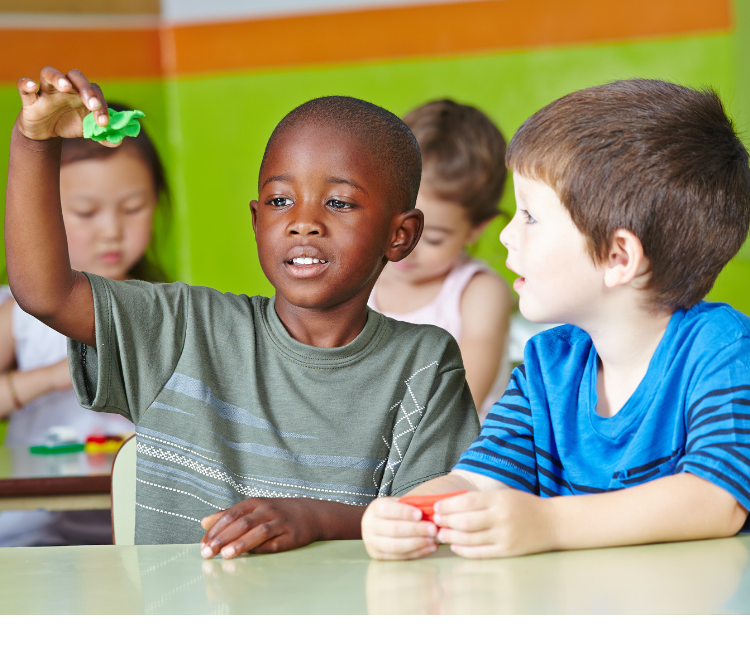
Be strategic about peer interactions
In my classroom children are free to move about the room as they wish. They can explore with play dough, see what’s on the science table, pretend to be a puppy in the middle of the floor… we follow their learning. I set my classroom up so that the materials that are out as invitations to explore address multiple skill-building areas. I create a buffet of learning opportunities, and the children choose from it moving from one to another as they wish, or staying in one area the whole free choice time. I observe what is frustrating them, what they gravitate to, and who they want to play with day after day.
While we offer a lot of freedom to learn at their own pace, we do encourage specific peer interactions throughout the day. These partnerships are not formal at all; it is simply using the knowledge we have about what our students excel at and bringing together a student who needs support to build this skill with a student who has already mastered it.
For example, Furat knows all her letters and Brody is struggling. As Brody approaches a letter sorting activity, I would see if Furat would be willing to join him. Now let’s be clear I don’t yell across the room ” Hey Furat, Brody doesn’t know his letters can you come show him how it’s done?” no. Instead, I would walk over to her and say ” Furat I know you love letters, come play with Brody.” If she does awesome, if not I would step in and act as a scaffold by playing with and interacting with Brody, in a situation like this, peers like Furat, would be scaffolding by modeling through play. It should also be noted that as a teacher I often participate in small groups where I as well as another student are acting as scaffolds.
What we never do is use students as examples or models to shame others, that’s not scaffolding. “Emma I like what Tanis is doing, she is sitting so still, she has her hands in her lap, Oh Tanis nice work! Can you see how good Tanis is Emma?” There is no room for that in preschool. I would be lying if I said I’d never done that, I did many years ago, but I know better now. Tanis can be a model, and you can even praise her without shaming Emma. Try something like this “Friends I see Tanis is ready for circle, let’s join her!” And give Tanis a quick thumbs up or smile. Tanis is now a model showing that she’s ready for circle, but we avoid shaming anyone.
How Does Peer Scaffolding Benefit Students?
It builds confidence, it builds empathy, and it builds connections between students.
A few days ago I had a student, Josh, come into class a little sleepy and not really ready to be there yet. This student is awesome at color matching. I had another student, Karen working hard on a color matching activity but was a little overwhelmed with so many colors. I could have removed the colors Karen struggles with to make the task easier, but I decided to do something else. As this sleepy not so interested in school today student came in I said ” Good morning, I am so happy to see you. You are such a great color matcher, and there are so many colors to match on the board, it’s a two person job. Can you join Karen?” Well, Josh smiled broadly, and as he stood up a little straighter, he said ” I am very good at matching colors!” and then went to help Karen. Not only did they stay exploring this learning center for longer than either would have solo they then moved together to another center and played there chatting away. This was a huge success, not just because it helped Karen learn a few more colors, but because it boosts confidence and connections too.
How Does Peer Scaffolding Benefit Teachers?
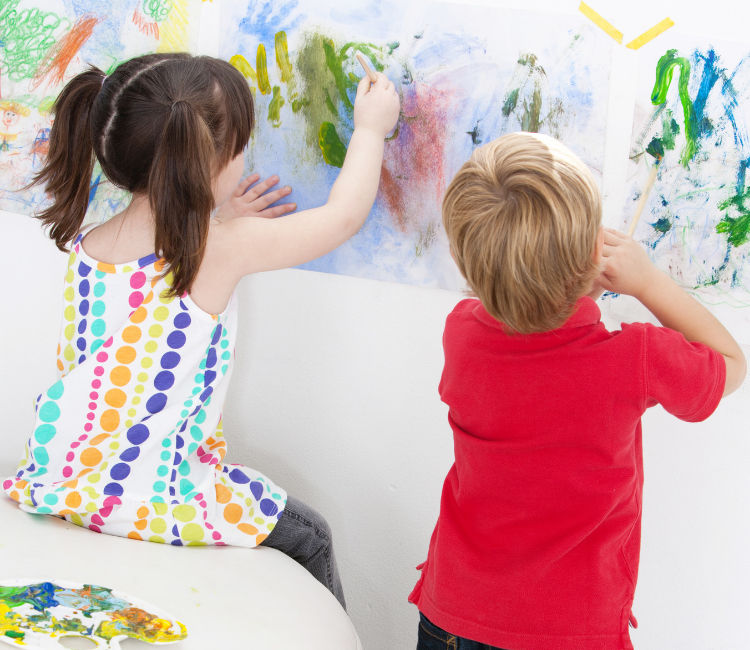
As my students deepen their connections with each other, there are numerous improvements in my classroom. One of the most obvious is the increase in pro-social behaviors which makes behavior management a lot easier. This makes sense because children feel more connected to the group and that creates intrinsic motivation to behave in positive ways to keep the group cohesive. This makes it, so I have much more time to have one on one interactions with my students and do some scaffolding myself which helps each child in my classroom develop new skills and relationships.
Fitting peer scaffolding into your classroom is easy, you are probably using it already without really knowing it. The most important part of all of this is to use play to get to know your students, give children space to interact and learn from each other, and try out some strategic partnerships to see if learning from each other is a useful tool for your students.
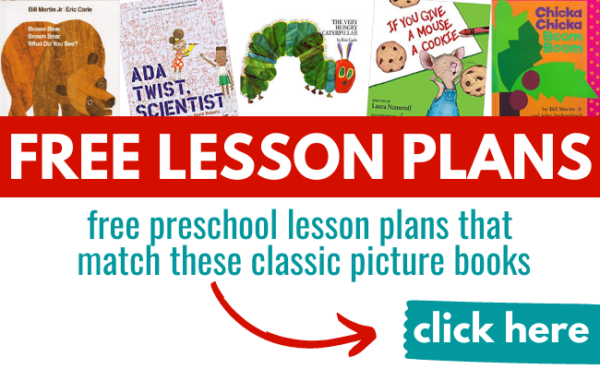
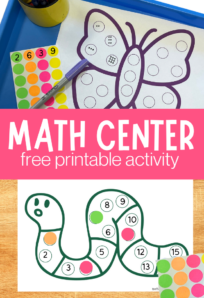
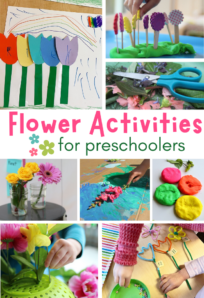
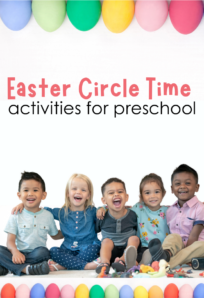
Stephanie stucker1428@gmail.com says
Good morning great topic I’ll use this idea
Bozena says
Thank you very much.This article was a very good reminder for me.I like almost all your suggestions.
Michael Jones says
Great article, I am going to share it with all my teachers… just wish I knew the authors name so I could credit them,